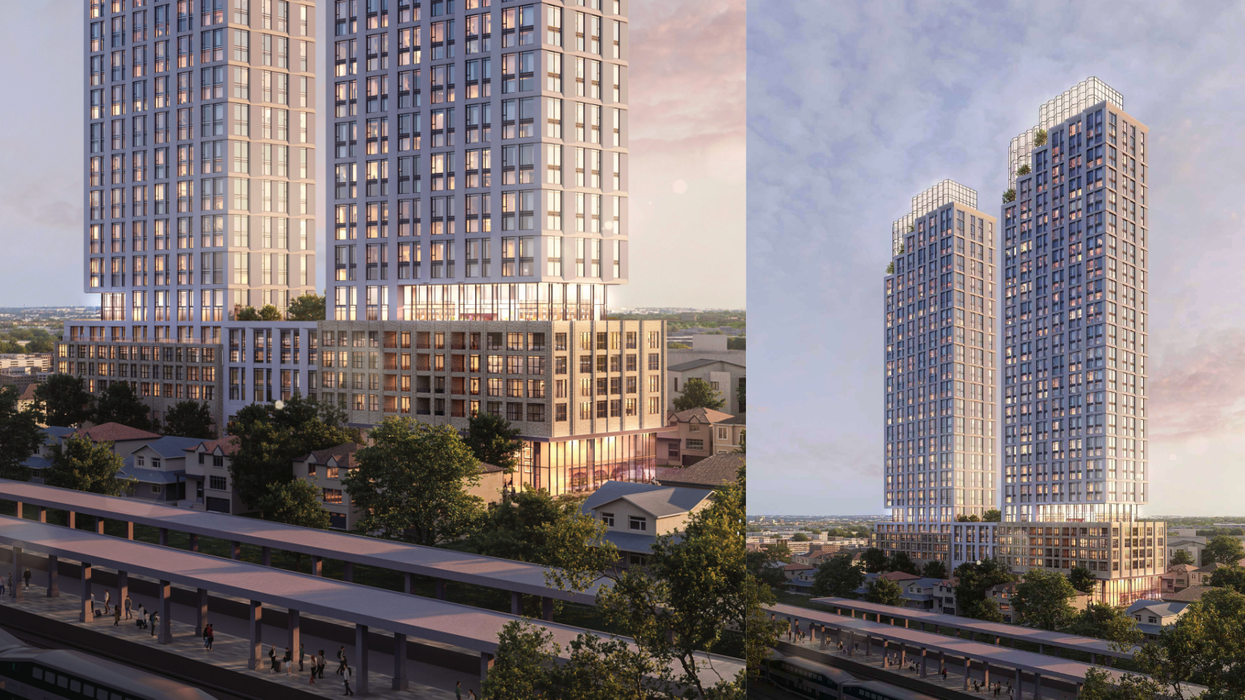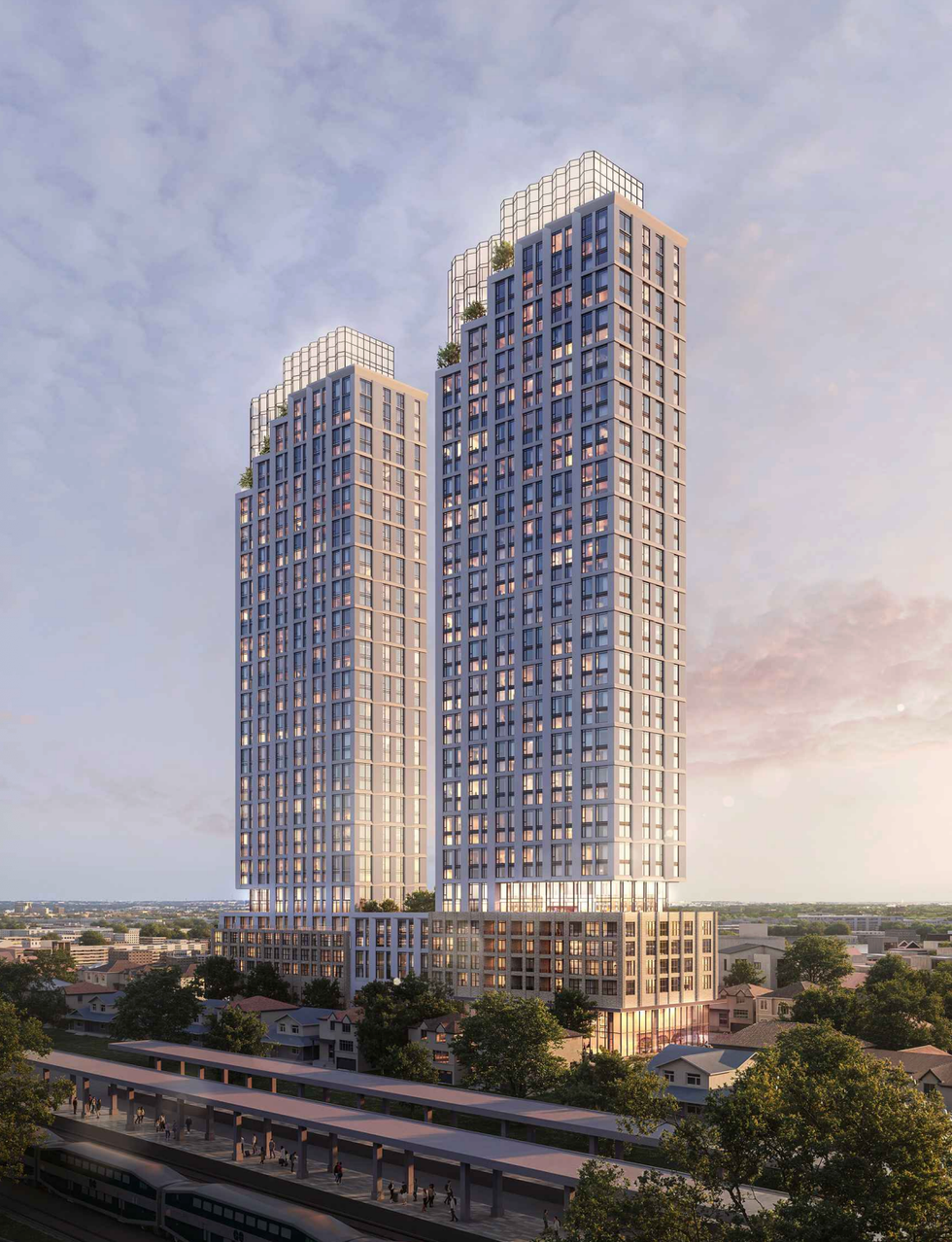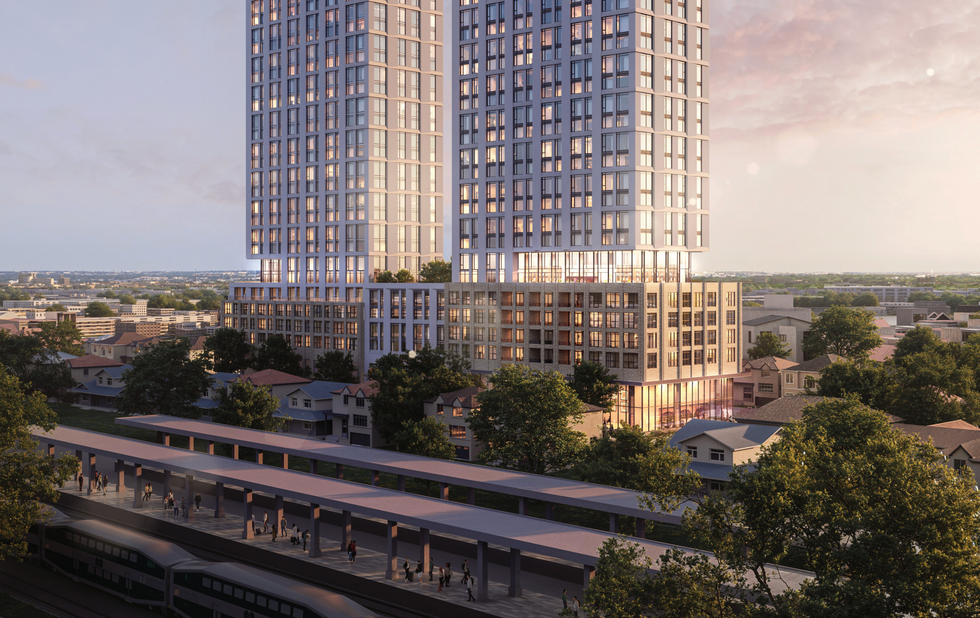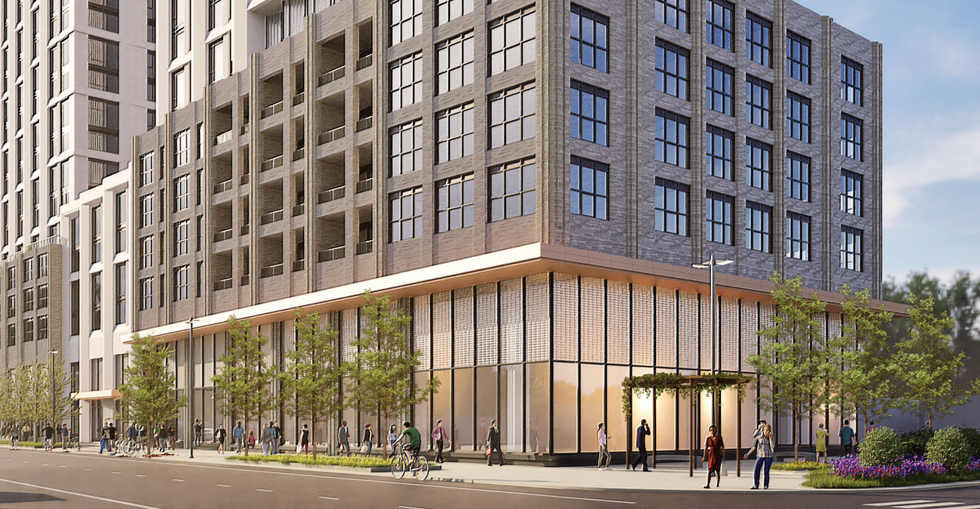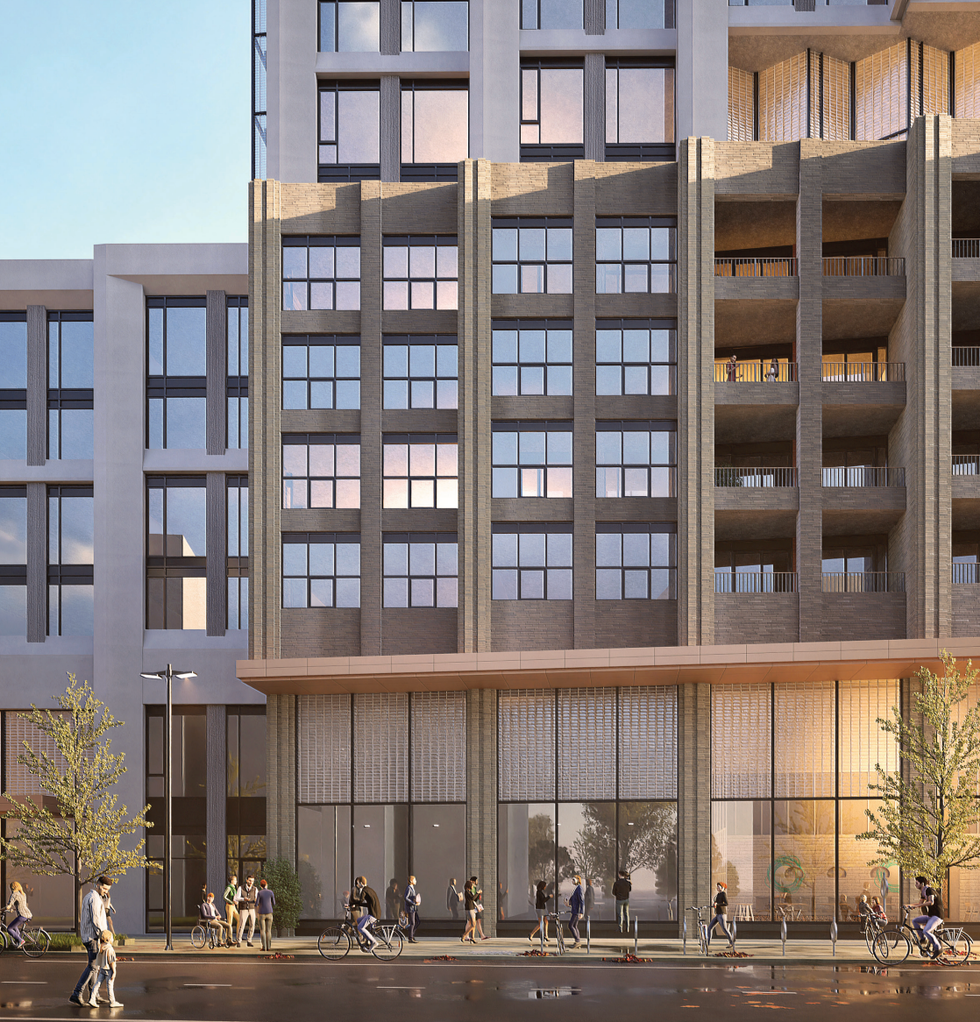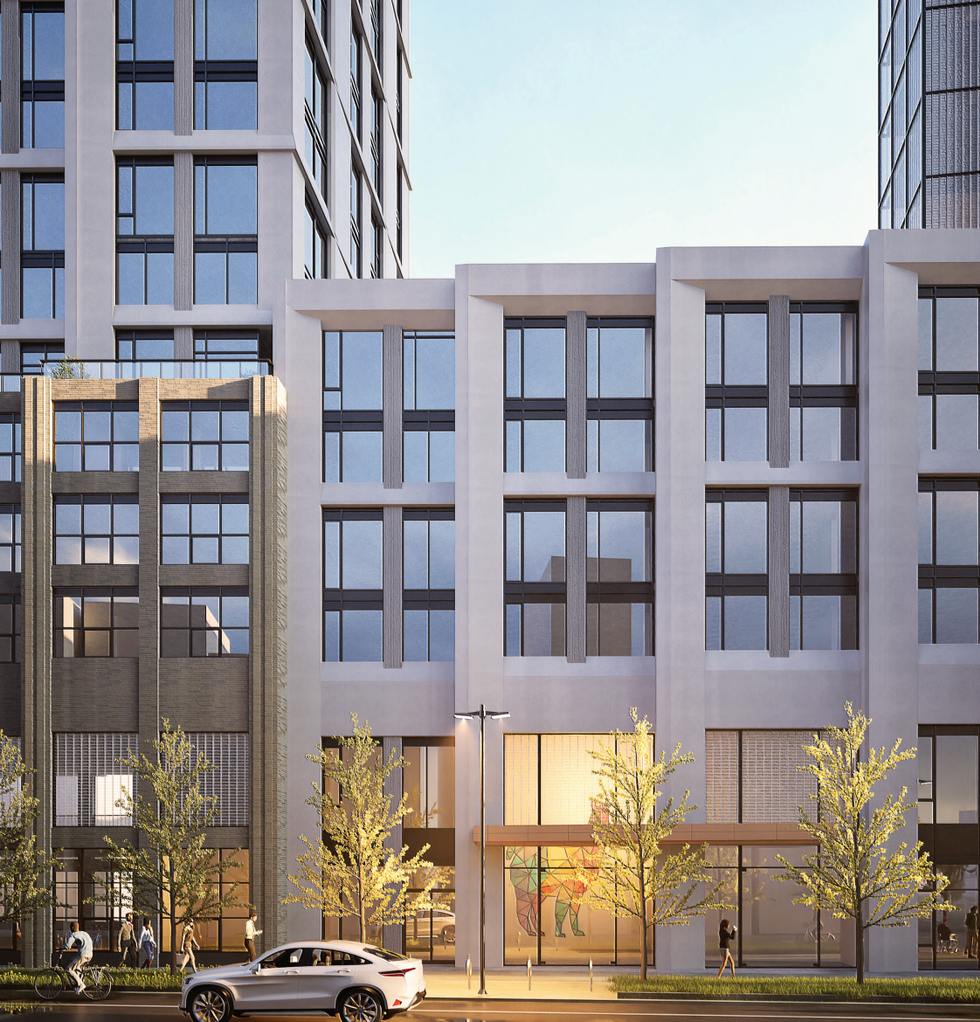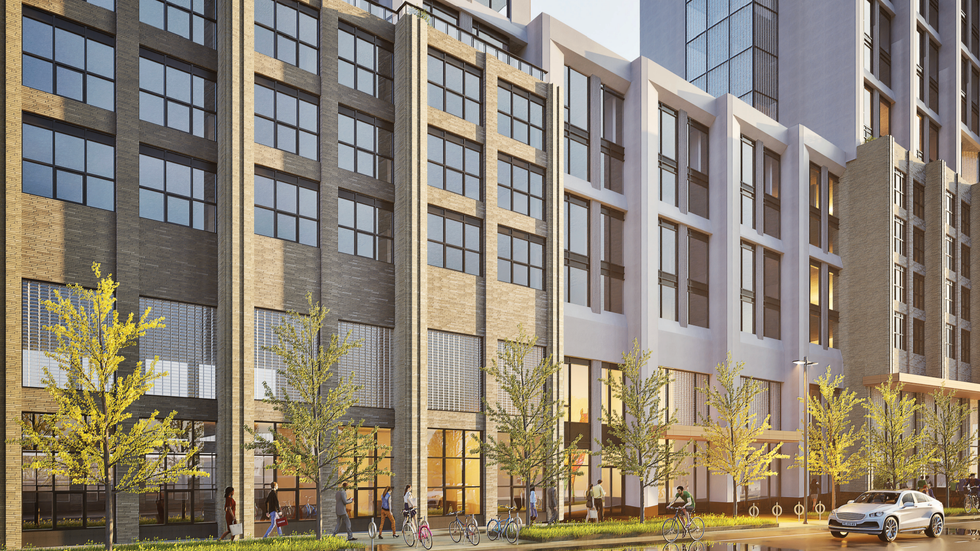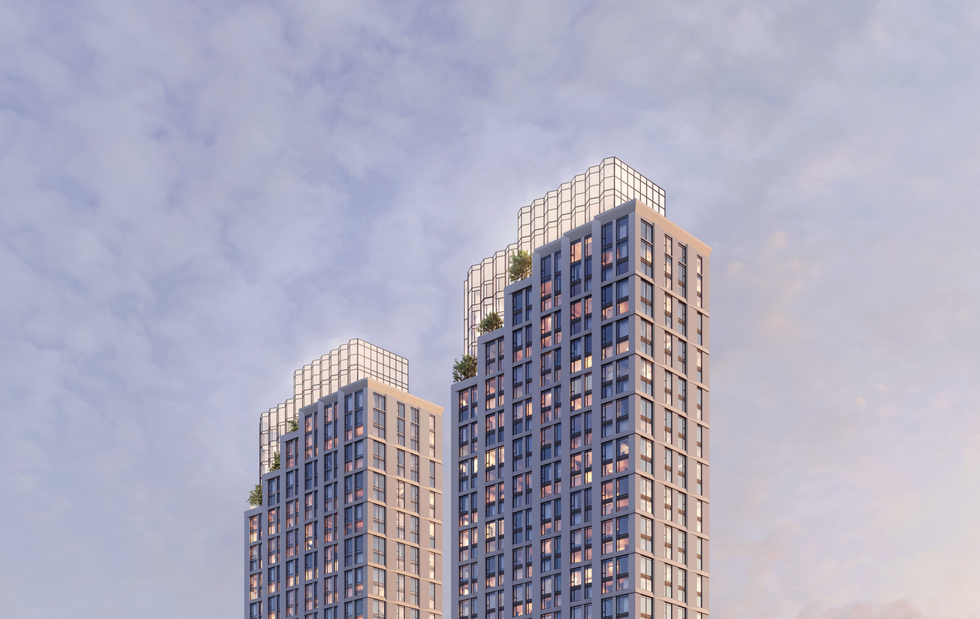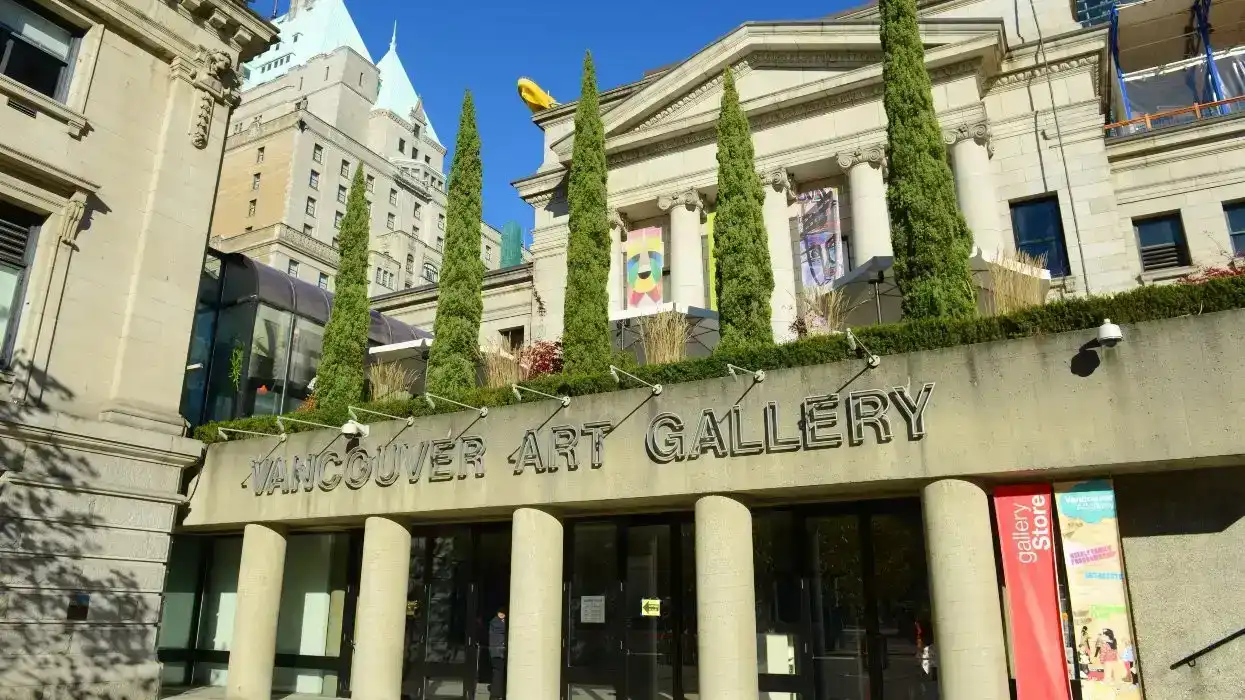Legal Title
Understand legal title in Canadian real estate—how it confirms ownership, differs from equitable title, and supports secure property transactions.

May 29, 2025
What is Legal Title?
Legal title is the formal ownership of property recognized by law, granting the holder the right to transfer, sell, or mortgage the asset.
Why Legal Title Matters in Real Estate
In Canadian real estate, legal title is recorded in the provincial land registry or land titles system. It represents official ownership and is required for property transactions, mortgage registration, and estate planning.
Legal title holders can:
Transfer or sell the property
Register mortgages or liens
Appear on title documents and tax records
Legal title is distinct from equitable title, which refers to a buyer’s interest under a purchase agreement before closing. Ensuring legal title is clear and undisputed is a key step in any transaction.
Example of Legal Title
After closing, the buyer’s lawyer registers the deed, transferring legal title from the seller and making the buyer the official owner.
Key Takeaways
- Grants full legal ownership of property.
- Required for transfer and registration.
- Distinct from equitable title.
- Verified through the land registry.
- Essential for all real estate transactions.
Related Terms
- Title Transfer
- Deed
- Equitable Title
- Ownership Rights
- Encumbrance Certificate
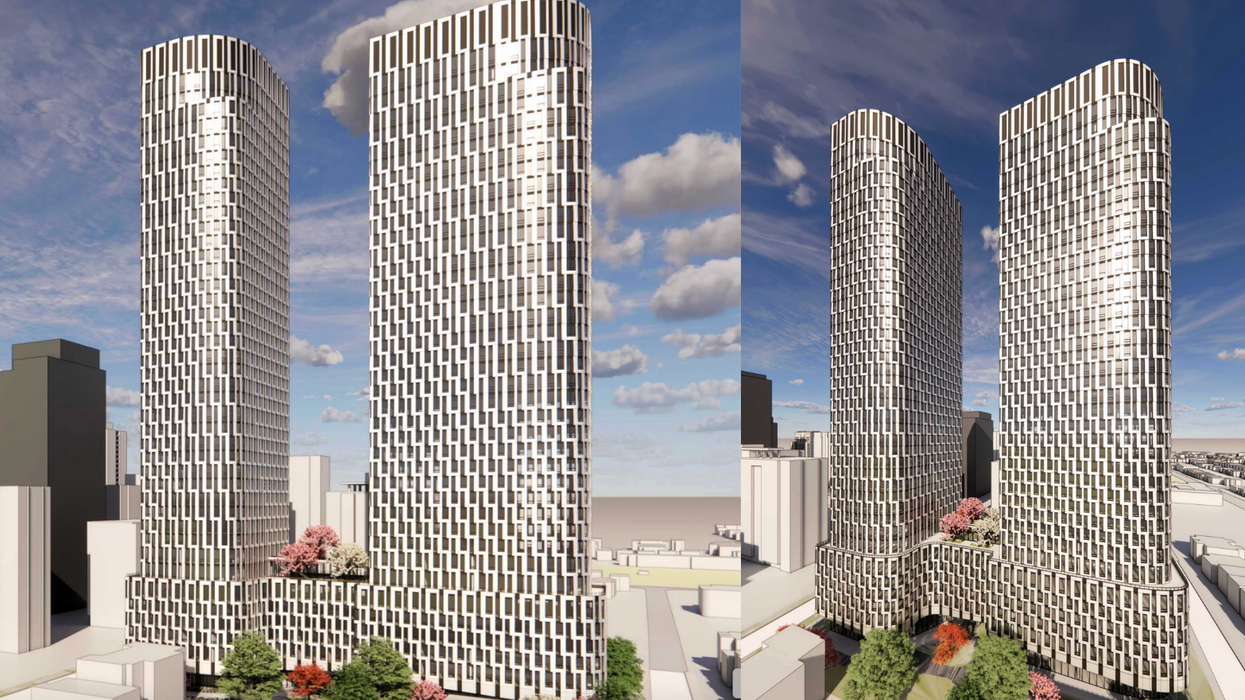
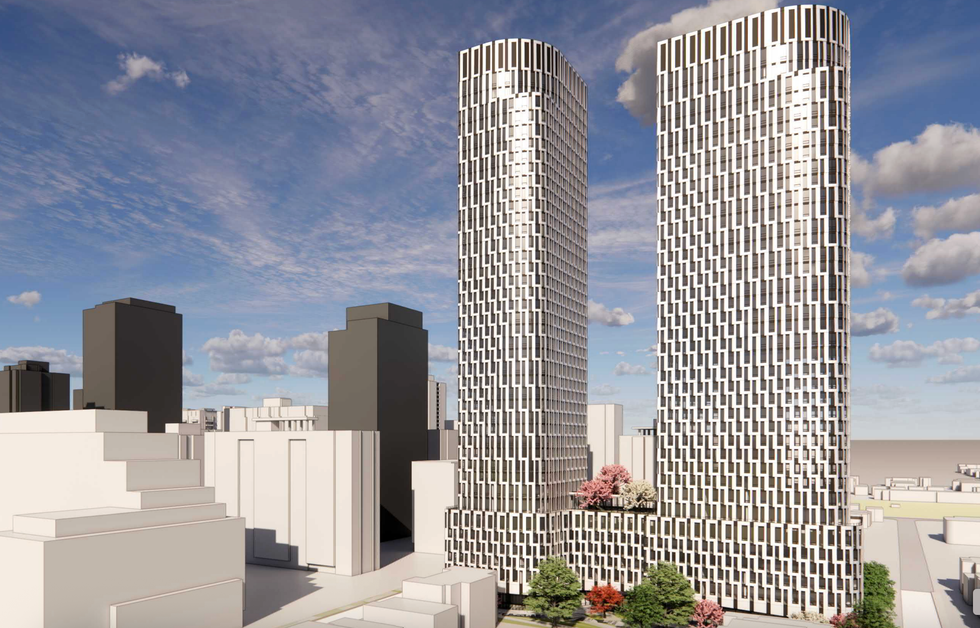

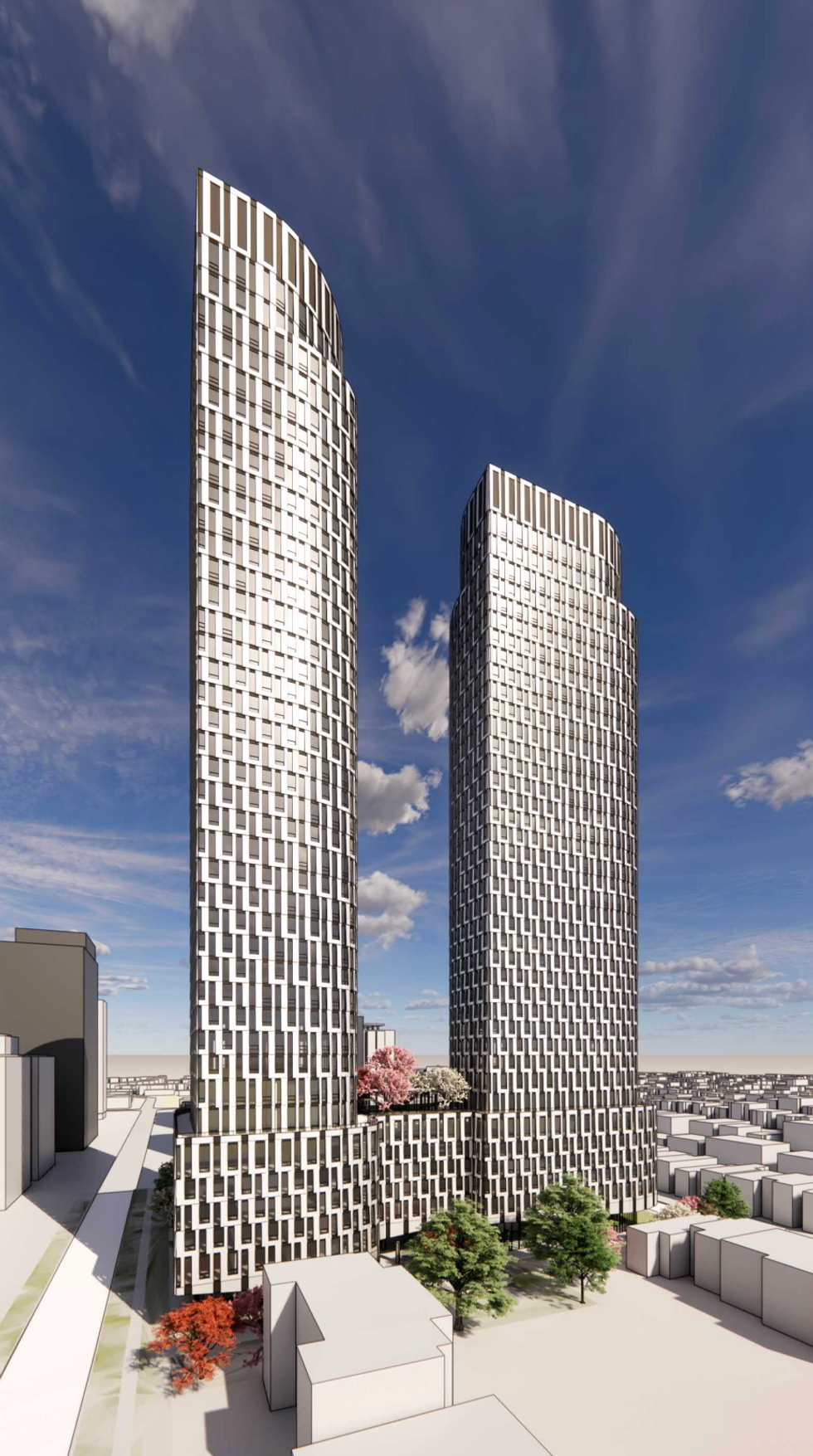
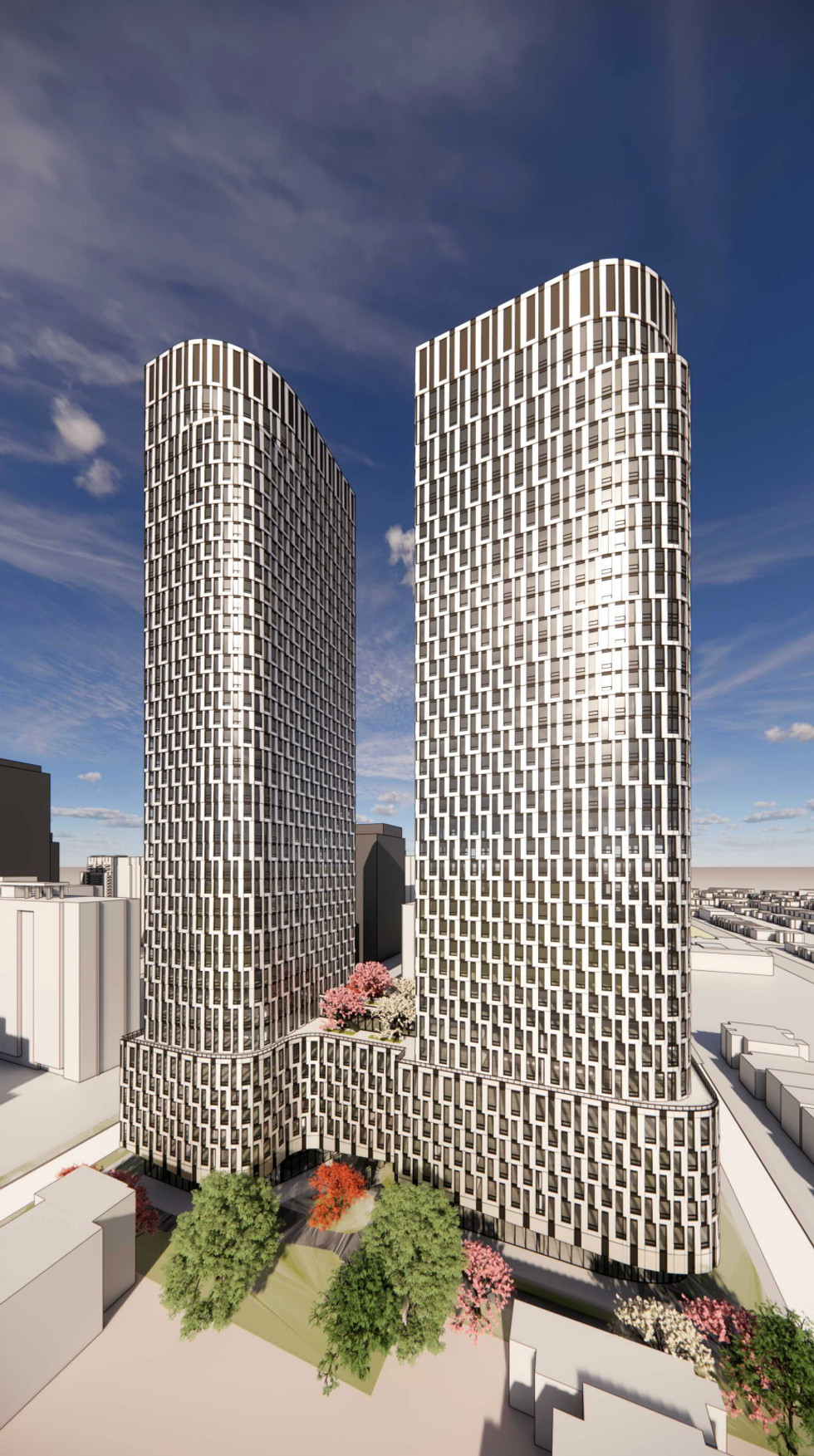
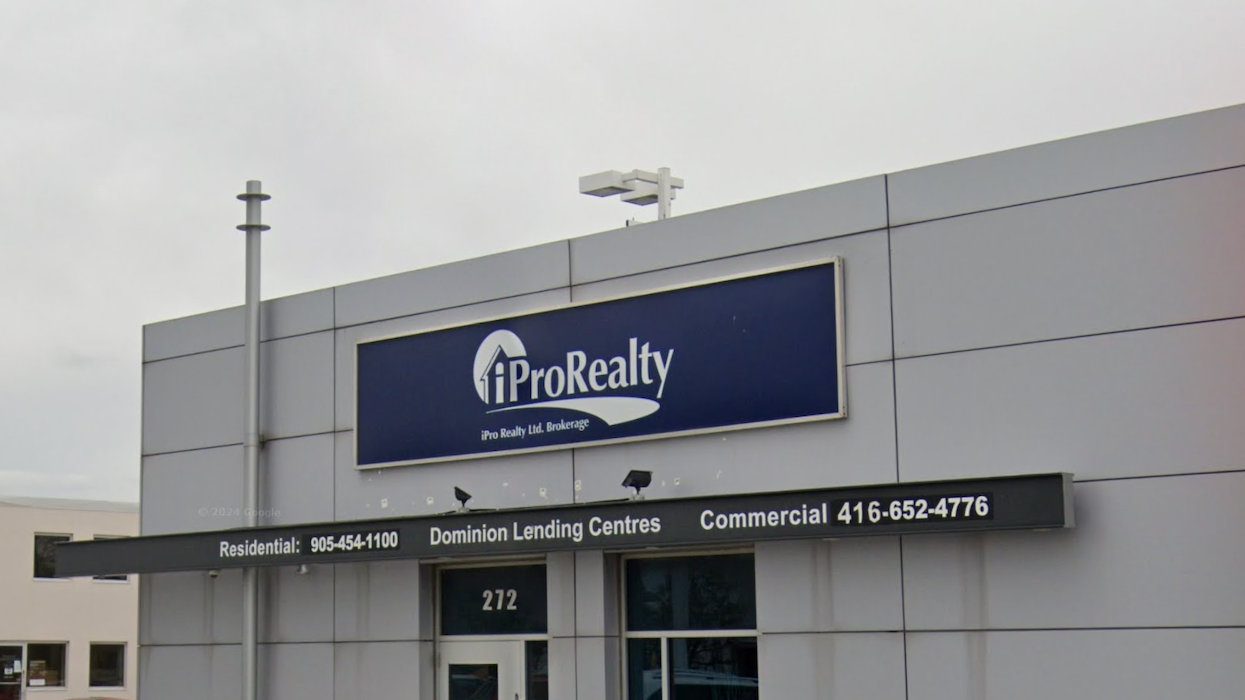

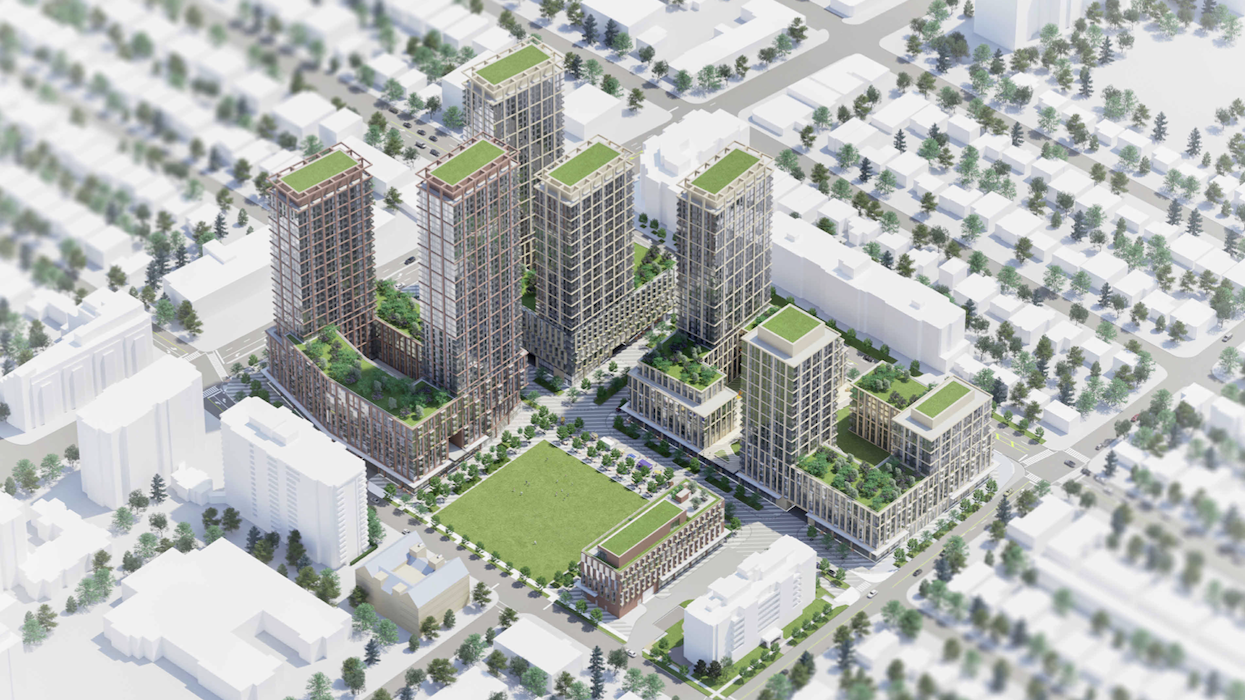
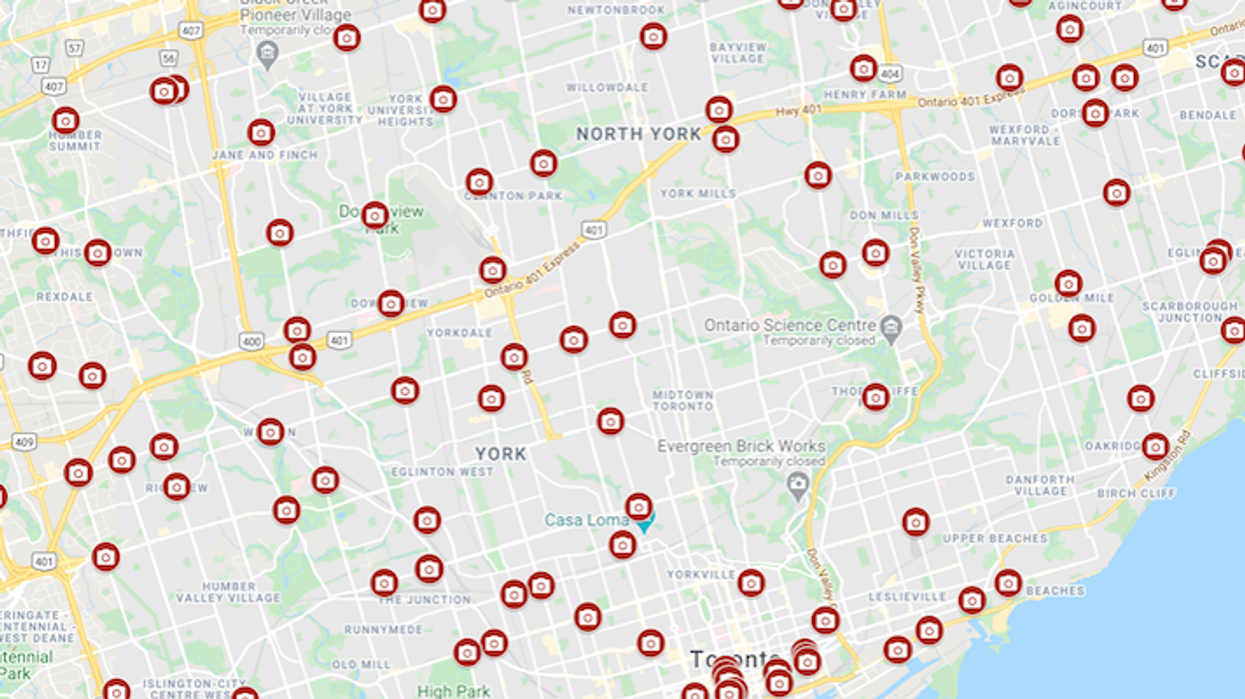
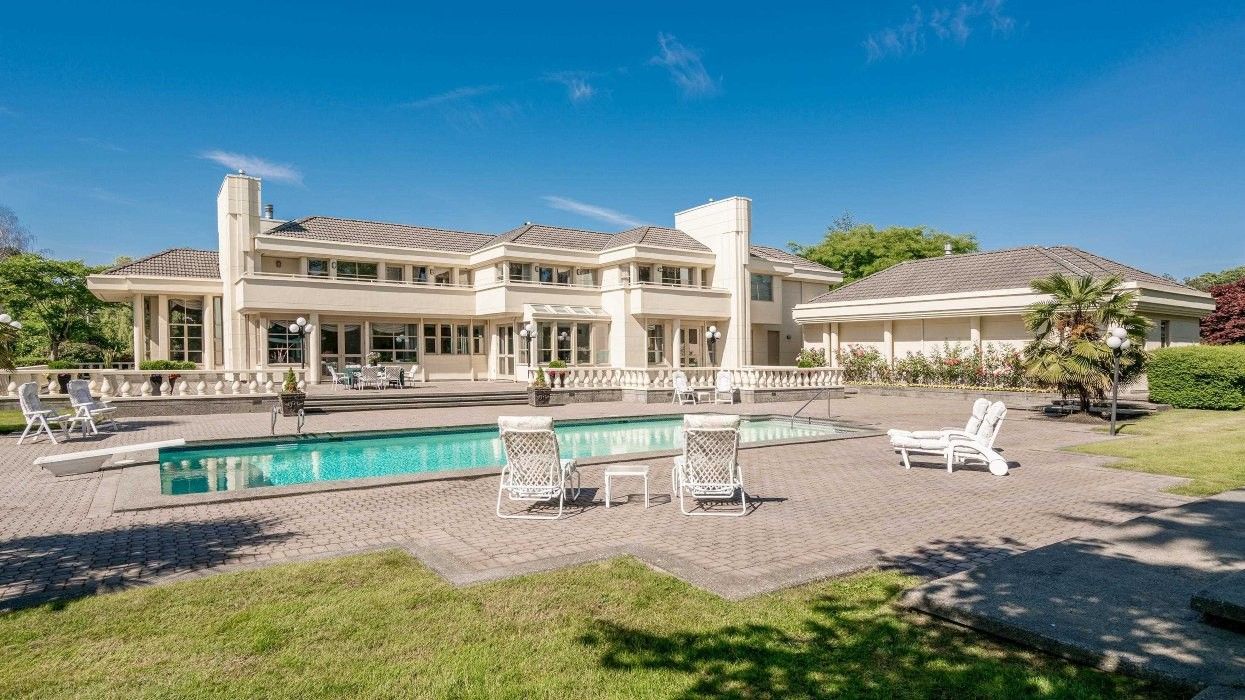
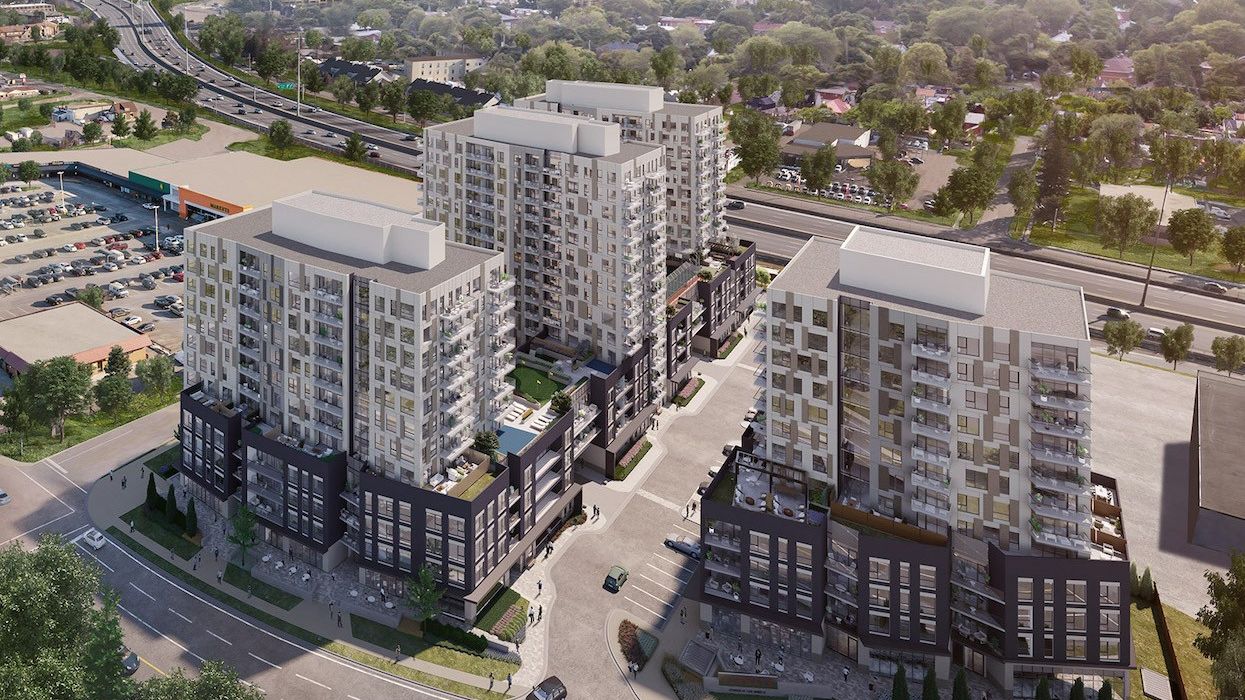

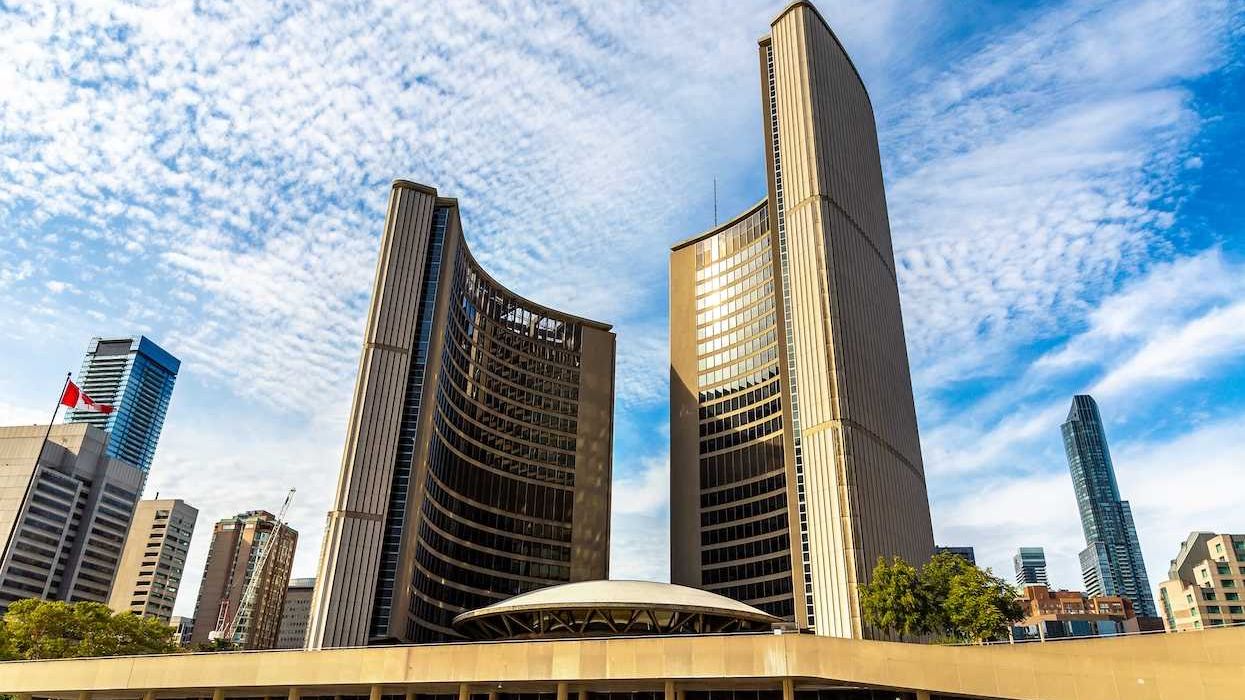
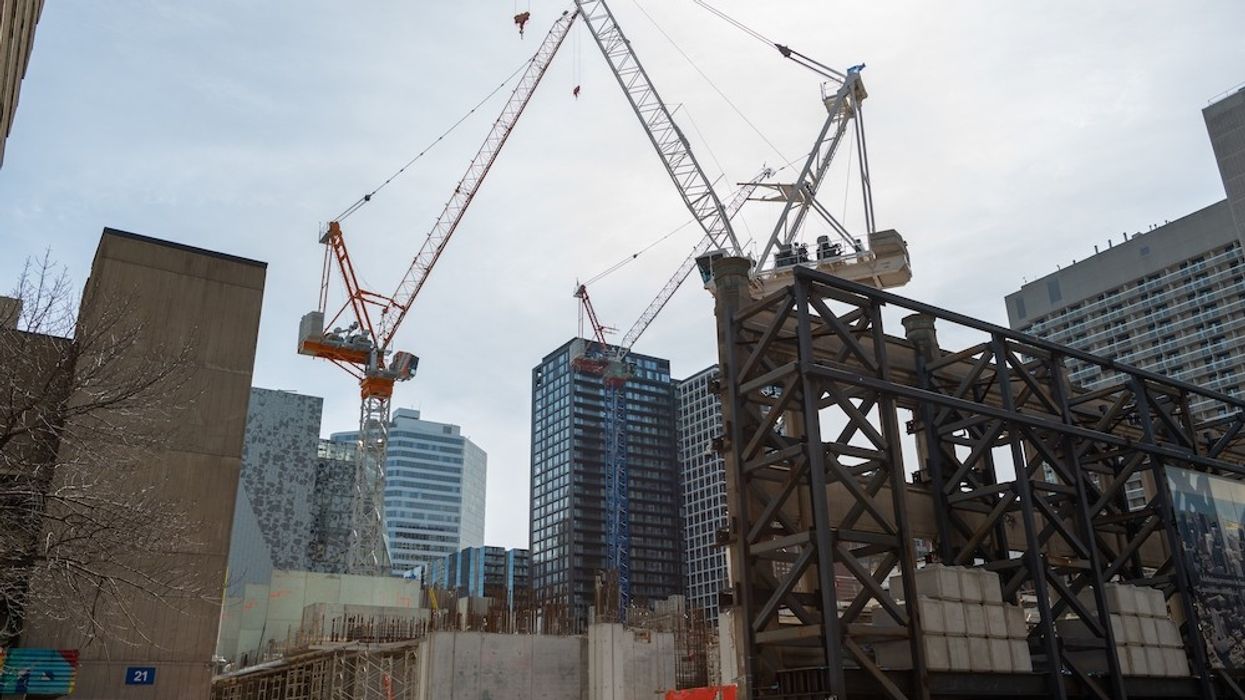

 Camcos Living
Camcos Living Shutterstock
Shutterstock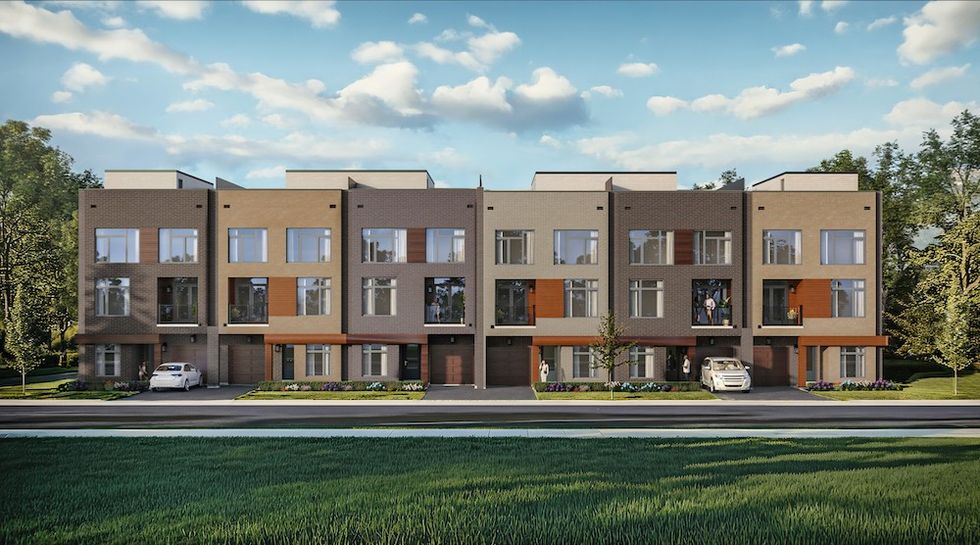 Little Rouge Block G/Camcos
Little Rouge Block G/Camcos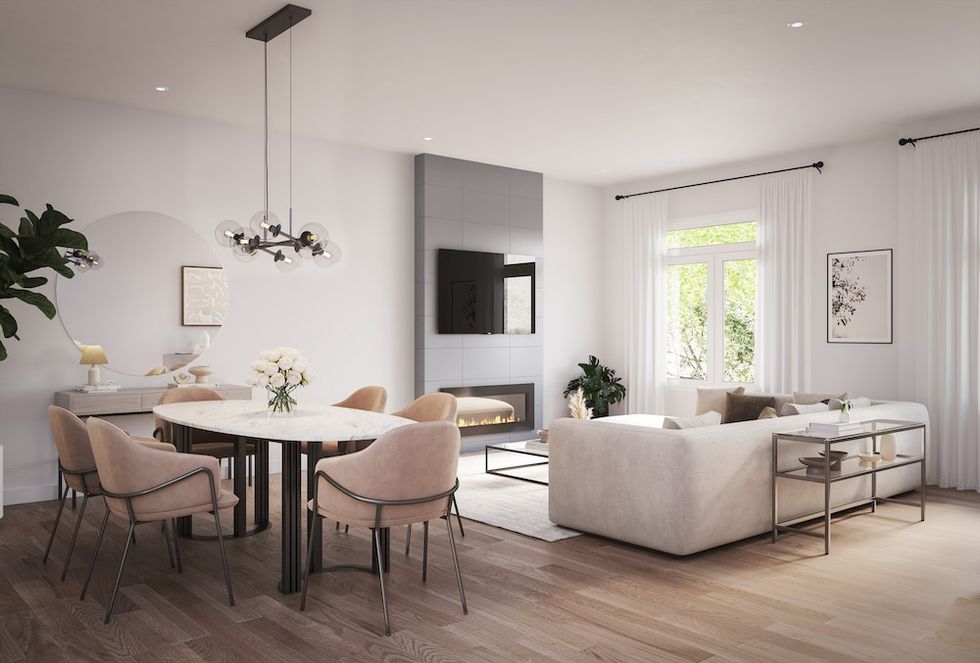 Camcos Living
Camcos Living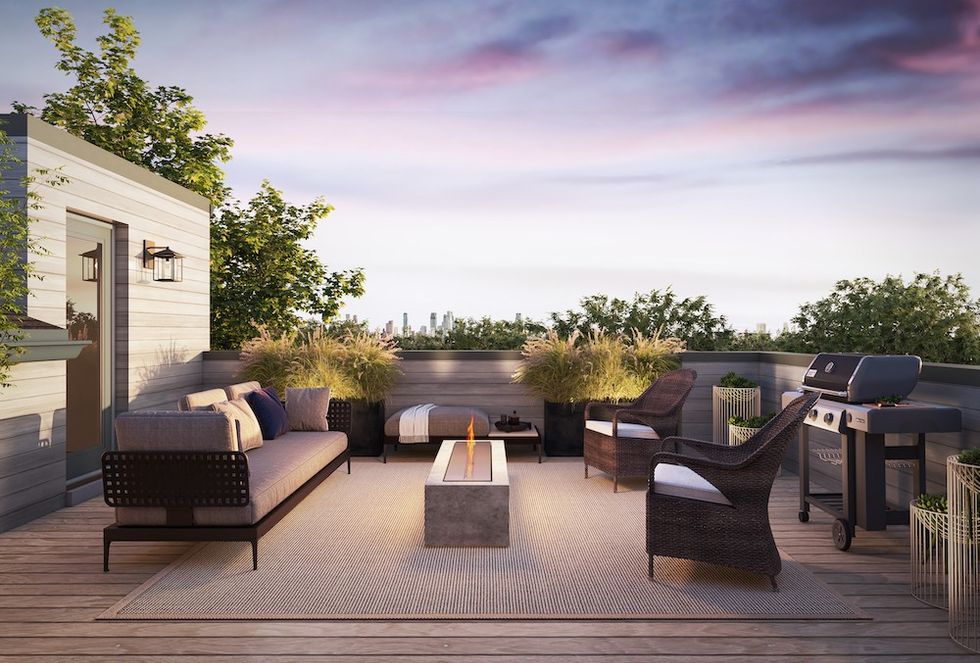 Camcos Living
Camcos Living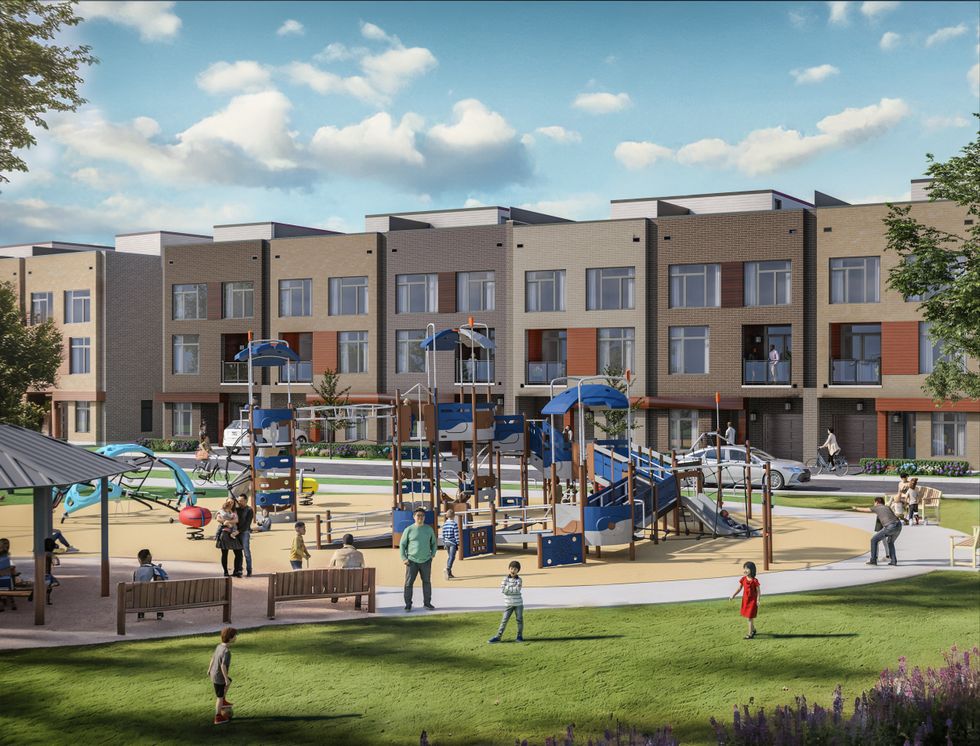 Camcos
Camcos
